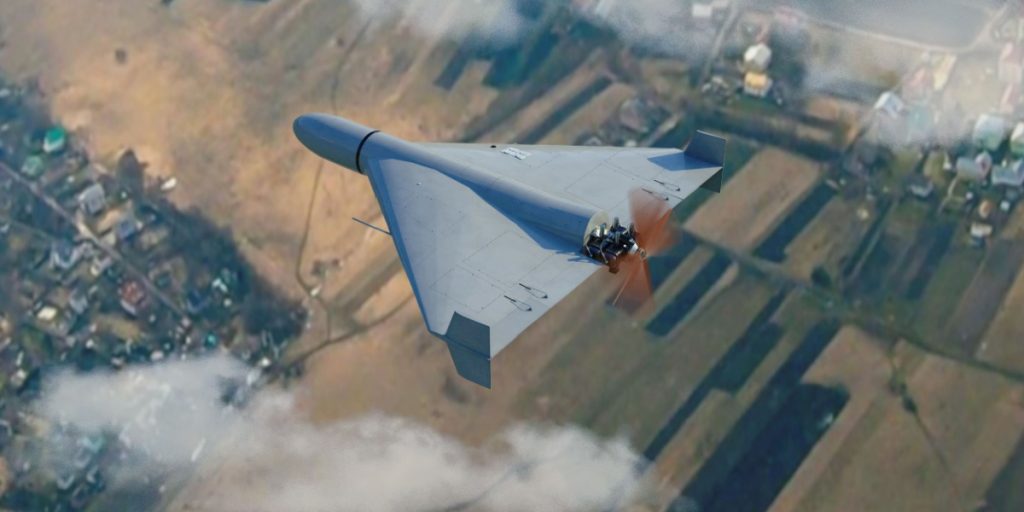Tens of Thousands of Drones from China and Iran Flood into Ukraine.
Others are reading now
Recent reports by The Wall Street Journal and The Washington Post reveal a significant shift in the landscape of military technology, showcasing how major nations like China and Iran are shaping the warfare tactics in Eastern Europe.
From China to Ukraine
China has emerged as a crucial player, reportedly supplying tens of thousands of drones to Ukraine. These drones, mainly purchased from SZ DJI Technology and other suppliers, play a pivotal role in Ukraine’s strategy to counter Russian forces. This is reported by Moscow Times.
The abundance of these UAVs aids in monitoring and engaging targets across the volatile front lines. Georgiy Tskhakaya, an advisor to Ukraine’s Ministry of Digital Transformation, noted the dramatic increase in drone manufacturers within Ukraine—from seven to nearly 300 in just 18 months.
Also read
This boom has allowed for the production of hundreds of thousands of inexpensive drones capable of carrying explosives.
Iran’s Role: Equipping Russia
Conversely, Iran has been instrumental in bolstering Russia’s drone capabilities, selling thousands of UAVs for bombardment missions over Ukrainian cities.
Additionally, plans are underway to produce another 6,000 drones under Iranian license in Russia’s special economic zone “Alabuga,” further complicating the aerial dynamics of the conflict.
The American Dilemma: High Costs and Technological Hurdles
While the U.S. has attempted to supply drones to Ukraine, the prohibitive costs and technological restrictions have limited their effectiveness.
American drones are significantly more expensive than their Chinese counterparts and face issues like susceptibility to electronic warfare and reliability in completing missions. According to Georgiy Dubinsky, deputy minister of Digital Transformation of Ukraine, the search for cost-effective solutions remains a priority, despite the allure of advanced American technology.
The battlefield’s demands have necessitated swift adaptations in drone technology. Each software update for drones requires Pentagon approval, which can delay critical updates needed in the rapidly evolving combat conditions.
This has forced Ukrainian programmers and engineers to constantly adjust their models to keep pace with emerging technologies. The innovative cycle in this war is remarkably short, demanding agility and foresight from all involved.


